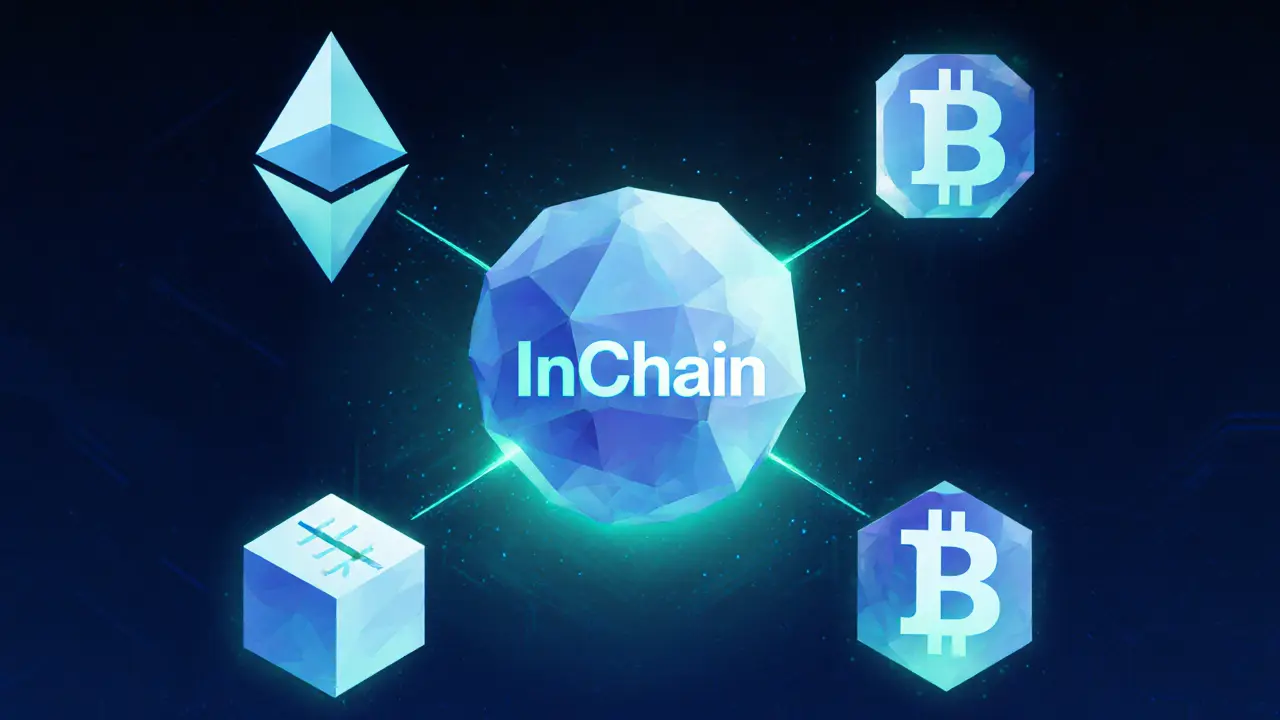Cross-Chain: How Different Blockchains Talk to Each Other
When working with Cross-Chain, a set of protocols that let separate blockchains exchange data and value without a central relay. Also known as cross‑chain technology, it solves the silo problem that keeps assets stuck on one chain. For example, Keeta (KTA), a cross‑chain crypto coin that moves between its own network and other major blockchains relies on the same principles. Another key piece is blockchain interoperability, the ability of distinct ledgers to understand each other's transactions and state, which makes seamless token swaps possible.
Why Cross-Chain Matters for Traders and Developers
In practice, cross-chain opens up a whole new world of opportunities. Traders no longer need to pick a single ecosystem; they can hop from Ethereum to Solana, Binance Smart Chain, or newer networks with just a few clicks. This fluidity comes from cross-chain bridges—smart contracts or specialized validators that lock an asset on one chain and mint a representative token on another. Bridges act as the glue that holds multi‑chain strategies together, letting DeFi apps pull liquidity from several sources at once. For developers, the ability to read and write data across chains means richer dApps, like multi‑chain NFTs that appear in anyone’s wallet regardless of the underlying network.
Security is a big part of the conversation, too. Each bridge introduces a trust layer, so projects often use audit‑backed code, multi‑signature validators, or decentralized oracle networks to reduce risk. The more chains a bridge connects, the larger its attack surface, which is why many teams prefer modular designs—separate bridge modules for each pair of chains rather than one monolithic system. This modularity also makes upgrades easier; you can improve the bridge to a new chain without disrupting existing connections.
Another trend shaping the cross-chain space is the rise of native multi‑chain tokens. Instead of issuing wrapped versions on each chain, some projects deploy a single token contract that lives on a meta‑protocol, like Polkadot’s parachains or Cosmos’ zones. These tokens can move natively, reducing gas costs and latency. Keeta is an example of a token trying to bridge that gap, offering staking options on its own chain while still being tradable on major exchanges via bridges.
From a user perspective, cross-chain interoperability reduces friction. Imagine buying an NFT on a low‑fee chain, then using it as collateral in a high‑liquidity protocol on another chain—cross-chain technology makes that possible without swapping through a centralized exchange. This fluid movement also helps with portfolio diversification; you can spread risk across multiple ecosystems while keeping everything visible in a single wallet that supports cross-chain view.
Regulators are starting to notice the flow of assets across borders, too. Some jurisdictions treat wrapped tokens as the same asset, while others see each representation as a separate security. Keeping an eye on the legal landscape is crucial for anyone building or using cross-chain solutions, especially as standards like the Interledger Protocol (ILP) gain traction for cross‑industry payments.
All these angles—bridges, security models, multi‑chain tokens, regulatory outlook—show why cross-chain isn’t just a buzzword. It’s a backbone for the next generation of decentralized finance and Web3 experiences. Below you’ll find a curated set of articles that dig deeper into each of these topics, from bridge reviews and token analyses to practical guides on using IPFS for NFT metadata in a cross‑chain world. Explore the list to get actionable insights, learn about real‑world implementations, and stay ahead of the curve in the ever‑evolving multi‑chain landscape.

Coinweb (CWEB) is a cross‑chain computation platform that lets dApps run on multiple blockchains. Learn its InChain tech, token economics, market data and how it differs from Polkadot, Cosmos, and others.
- Read More
